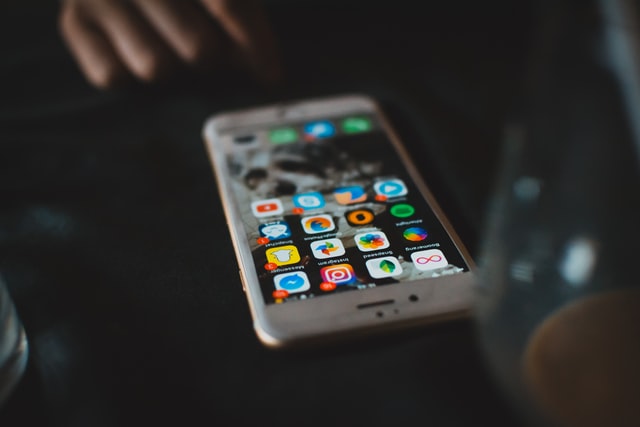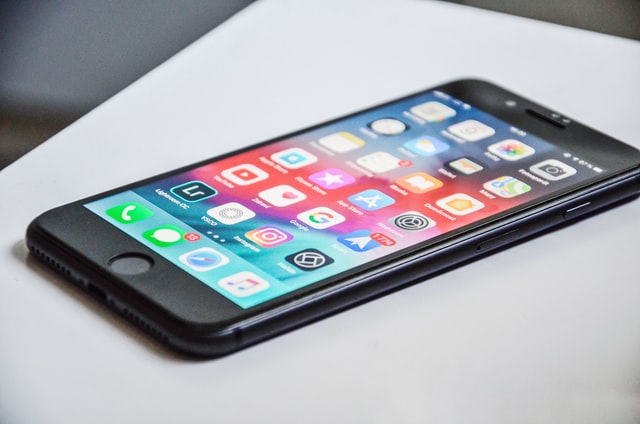Just imagine that while you are reading this article, approximately 23 billion devices worldwide are connected using IoT technology aiming to track assets and automate processes (the data is provided by Statista). All business owners are now learning about what is asset tracking and how does it work, to be able to equip businesses with knowledge that should help to implement smart internet of things technology into their businesses.
And probably now, you might wonder why? There are two numbers that drive such interest: 1 – IoT technology will generate revenue in approximate amount of $ 344 billion; 2 – IoT technology will help to reduce up to $ 177 billion in costs. That’s why starting from our daily needs, gadgets and where we live, everything around us has recently become “intelligent.” This can be seen as the successful combination of the Internet of Things technology and software solutions built with it.
The growth of IoT technology:
The rapid growth of mobile applications and software solutions with IoT-based technology is in many cases forced by global automation trends and of course Covid restrictions. Many businesses as well as several Industry-related areas that have already implemented iot stack into their digital solutions benefited from it by saving costs on cheaper automation; avoiding Covid-related lockdown on manufacturers and fabrics; simplifying development and delivery process; increasing overall quality and winning more clients.
Healthcare
IoT-based mobile applications and wireless devices connected to smartphones have already reached 1,335,000 in 2020, accounting for 17% of CAGR according to Google. Among main features that brought such a huge interest of the IoT in healthcare are real-time monitoring and reporting; tracking, suggestions , alarm system that helps to keep important body condition scores more stable; and of course sport and fitness industry-related features.
IIoT
As we already mentioned, one of the most famous industries for implementing IoT technology is the manufacturing industry. There is even a presific term for it – The Industrial Internet of Things (IIoT). The main features that have already proven that IIOT has a huge potential for implementations are intelligent automation (including devices and processes), maintenance and support; real-time data collection; predictive analytics and security during the product development; collecting and delivering.

Retail industry with virtual fitting rooms and more:
Especially after the covid pandemia has accrued and shocked lots of human beings and businesses, most of the retail in order to survive have moved online, as long as the additional services like virtual fitting rooms; end-to-end purchase delivery and order processing. Probably one of the most intelligent IoT-based software solutions with a huge potential in the retail industry is the virtual fitting rooms.
A virtual fitting solution for shoppers who can try products (clothing, cosmetics, or even new haircuts and barber style etc.) and see their appearance by standing directly in front of a webcam mirror, LTD Monitor. Using sensors, Smart Mirror interacts with the user through gestures / touches and responds adequately to them. The introduction of technologies such as AI, RF ID, display technology and IoT application development will make it a smart mirror. This is an interactive contactless device that solves the problem of accessing up-to-date information needed by the user.
Comprehensive growth of smart home automation:
Imagine a refrigerator so smart that it can order food for you when you run out of food. A refrigerator that can tell you what to do based on the ingredients you have. Or a refrigerator that lets you know you forgot to close the door. Remotely. Through the application on your mobile device!
The concept of smart home automation has led electrical giants such as Phillips and Syska to introduce “smart lights” that can be controlled using a mobile application based on Android or iOS.
With the advent of smart speakers such as Google Home, Amazon Lcho Dot, which use the development of Amazon Alexa Skills, and HomePod, which use voice assistant technology, home automation has reached a whole new level of improving the quality of life.
Accelerate the introduction of smart neighbors:
Smart home automation is another major real estate upgrade that uses IoT technology. Of course, smart homes and smart buildings have been developed, the next step towards realizing the dream of a smart city will be the implementation of a solution called “Smart Neighborhood”. The goal is to create a place where you can live in a safe and hygienic environment. At the moment, this is a concept that is expected to be implemented next year.
Using intelligent sensors that will recognize, record and transmit all activities, such as walking routes, car sharing, building occupancy, sewage flow and temperature selection, to ensure the maintenance of the best possible conditions in the area. Smart neighborhood is an important concept to turn a dream called “Smart City” into reality.
Growth of intelligent medical solutions based on IoT:
Research firm Berg predicts that by 2021, 50.2 million people will be remotely monitored using connected healthcare devices, compared to 7.1 million in 2016.
Smart hospitals and IoT-based smart healthcare solutions began to gain popularity in the healthcare market this year.
Many IoT-based healthcare solutions have been invented, such as smart tablets, smart home care, personal care management, mobile IoT-based health and fitness solutions, improved patient care management, intelligent inventory management, secure and confidential data management. These smart solutions are able to penetrate deeply into the healthcare industry during 2019. In short, IoT has brought people health.


Average Rating